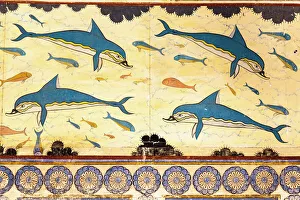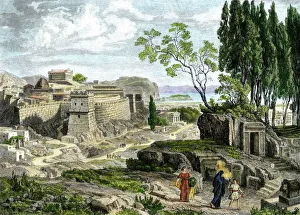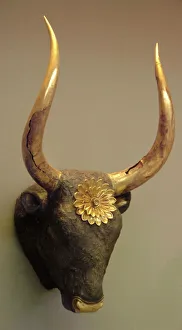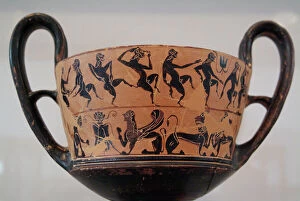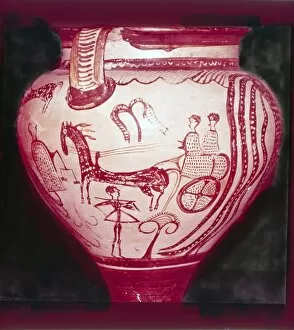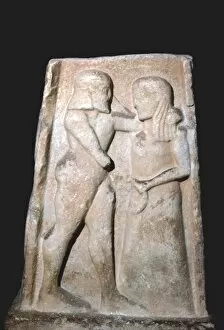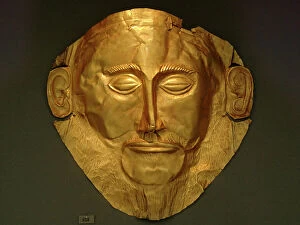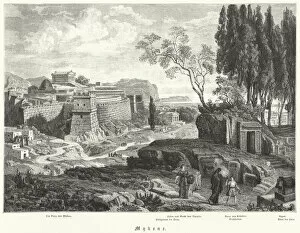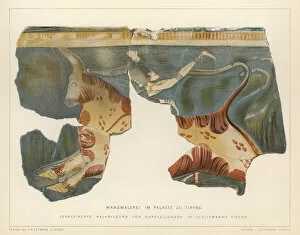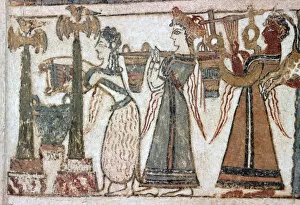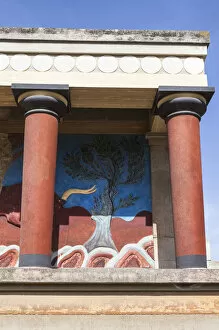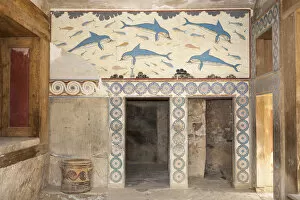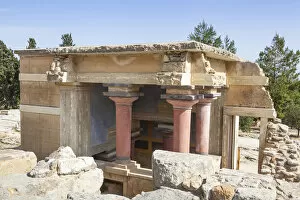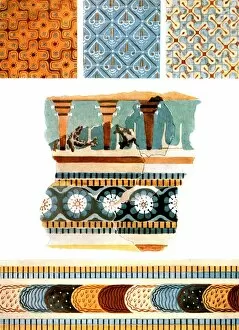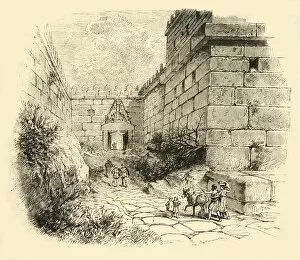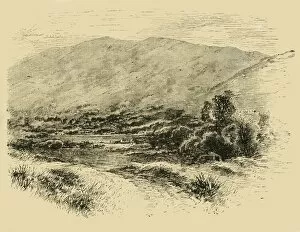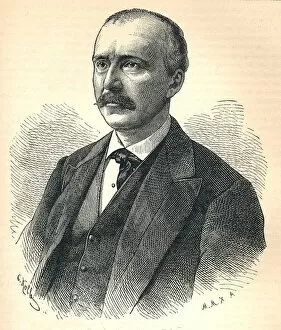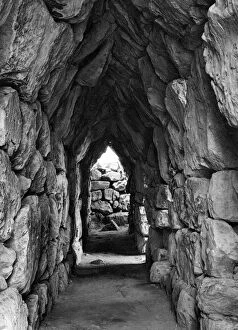Mycenaean Collection
Step back in time to ancient Greece, circa 1400 BC, and explore the captivating world of the Mycenaeans
All Professionally Made to Order for Quick Shipping
Step back in time to ancient Greece, circa 1400 BC, and explore the captivating world of the Mycenaeans. Known for their rich culture and artistic prowess, the Mycenaeans left behind a legacy that continues to awe us today. One glimpse at their art is enough to transport you into a realm of beauty and mystique. Take, for instance, the silver rhyton in the shape of a bull's head. Crafted with intricate details and exquisite craftsmanship, it stands as a testament to their mastery over metalwork. But it is perhaps in their funerary masks that we truly witness the grandeur art. The gold foil embossing on these masks brings forth an ethereal quality that immortalizes those who have passed on. Among them, one cannot ignore the iconic Funerary Mask of Agamemnon – its golden gleam capturing both our imagination and admiration. Journey further into history as we delve into archaeological discoveries like Vranas Cemetery and Mycenaean tombs in Argos, Greece. These sites offer glimpses into ancient rituals surrounding death and burial practices – giving us valuable insights into this enigmatic civilization. The IV Grave Circle A reveals yet another stunning find: a funerary mask adorned with gold foil embossing. Its delicate features speak volumes about the reverence bestowed upon those who were laid to rest within these sacred grounds. Music too played an integral role in Mycenaean society; ivory lyres adorned with decorative carvings serve as evidence of their love for melody and harmony. These instruments not only provided entertainment but also held cultural significance within this vibrant civilization. And finally, let us not forget about frescoes such as "The Lady of Mycenae. " This masterpiece showcases both grace and strength through its portrayal of women – offering us glimpses into gender roles during this era.

